Challenge Our cities are struggling with the effects of the increasing urban population…
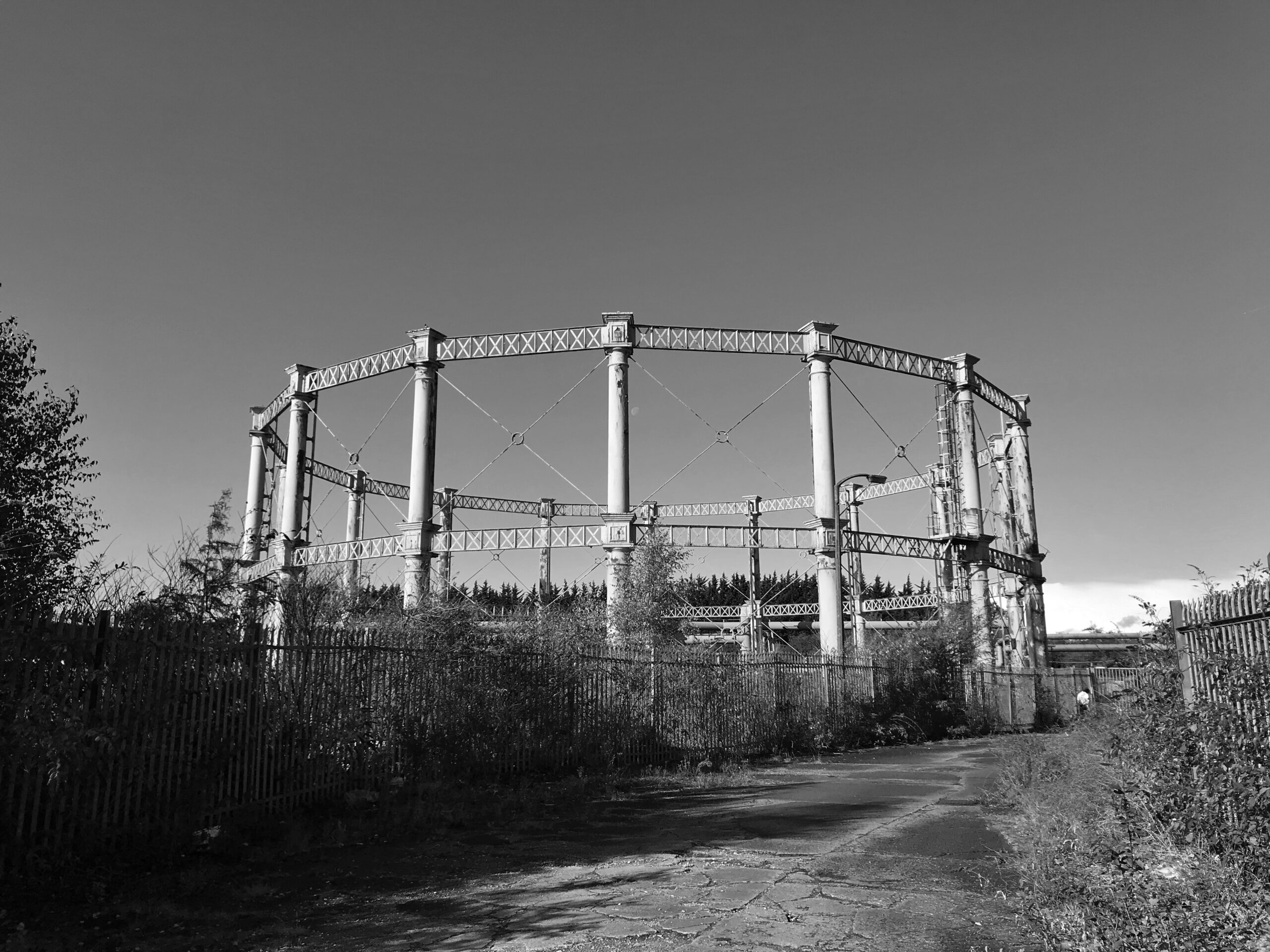
Tutor: Dr Marianna Marchesi. (Lecturer and Marie Skłodowska-Curie Fellow. Welsh School of Architecture)
Our cities are struggling with the effects of the increasing urban population combined with our current unsustainable operating system. Cities are unable to deliver current priorities like housing, mobility, and economic development in sustainable ways while they remain wasteful in terms of resource consumption, and waste generation. Change seems necessary. An alternative system is proposed by the circular economy. It provides principles to rethink how we design, make and use the things we need and allows us to explore new sustainable ways of producing, consuming and living. This approach fosters the optimal use of resources, while it supports positive impacts on biodiversity, human culture and society, health and wellbeing and the creation of multiple forms of value. A transition to a circular economy can play an important role in promoting sustainable development.
The Design Unit is focused on envisioning a regenerative and restorative neighbourhood in an abandoned industrial area in Grangetown (Cardiff, UK) by implementing circular economy principles. Students are rethinking how a neighbourhood is designed, made and used, how resources are managed, and what it is done with materials afterwards to explore new sustainable ways of producing, consuming and living. Through this experience, students are guided to develop their ideas from a master plan to building solutions. In neighbourhoods that embed circular economy principles, people live, work, and play there. The air is cleaner thanks to zero-emission vehicles, public transportation, shared mobility, walking and cycling routes. In replace of roads and car parks, the land is dedicated to green spaces, commerce, offices, houses, and recreation. Buildings are designed to be out waste, durable, adaptable, modular, and easy to maintain and repurpose. Existing buildings are refurbished, improving how they are used and operated. The resource management system allows the return, sorting, and reuse of materials and products. Food and water systems capture nutrient to generate organic fertilizer or electricity. The neighbourhood is powered by renewable energy. Materials, energy, and water are used effectively and can be reused and recycled. People repair and refurbish their products in local labs acquiring new skills and having access to spaces and tools through sharing or product-as-a-service. Local urban farming will supply part of the food demand in the neighbourhood. New possibilities and jobs emerge locally. A neighbourhood that embeds circular economy principles become more thriving, liveable, and resilient.

Challenge Our cities are struggling with the effects of the increasing urban population…
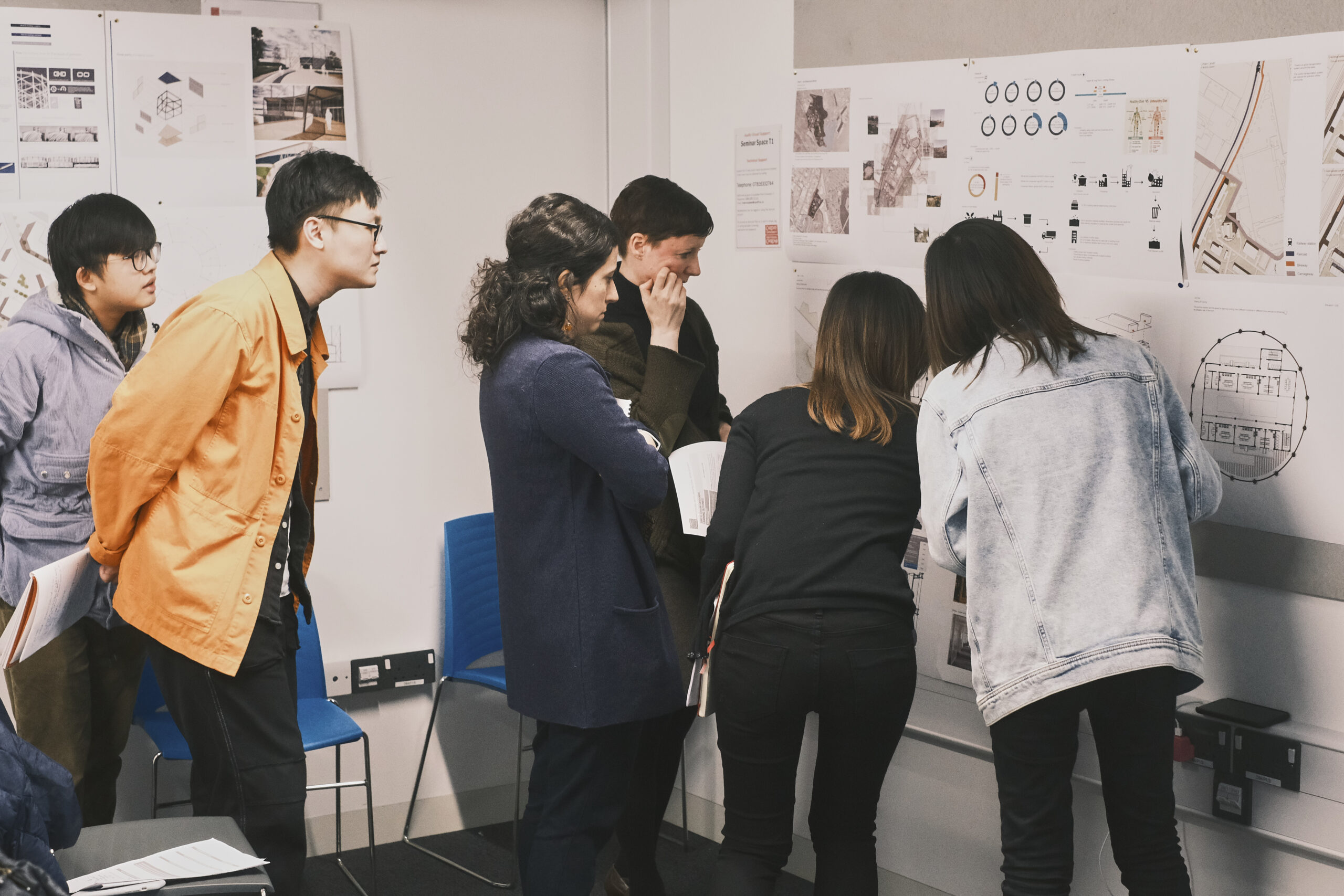
Tutor: Dr. Marianna Marchesi (Lecturer and Marie Skłodowska-Curie Fellow. Welsh School of Architecture)…
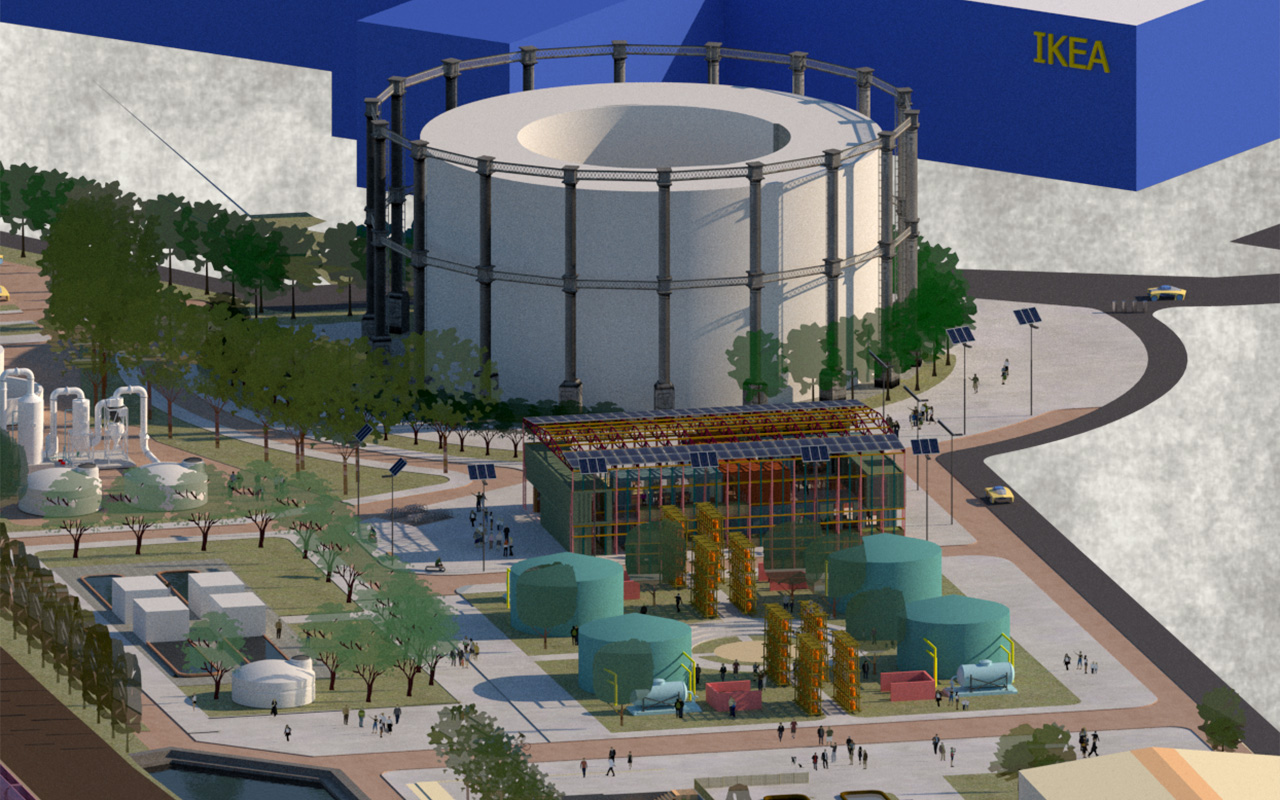
Resilient Eco Park: Closing the loop for local resilient ecosystem via circular economy…
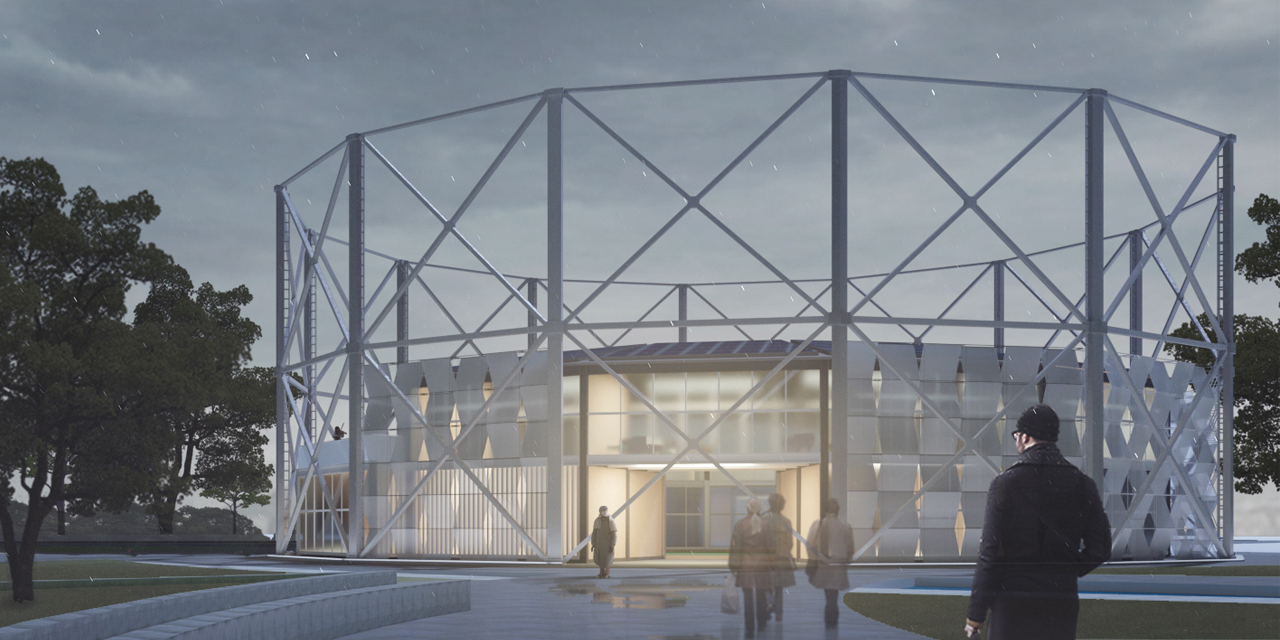
Waste to Wealth:a circular neighborhood for responding social needs in Grangetown Cardiff is…
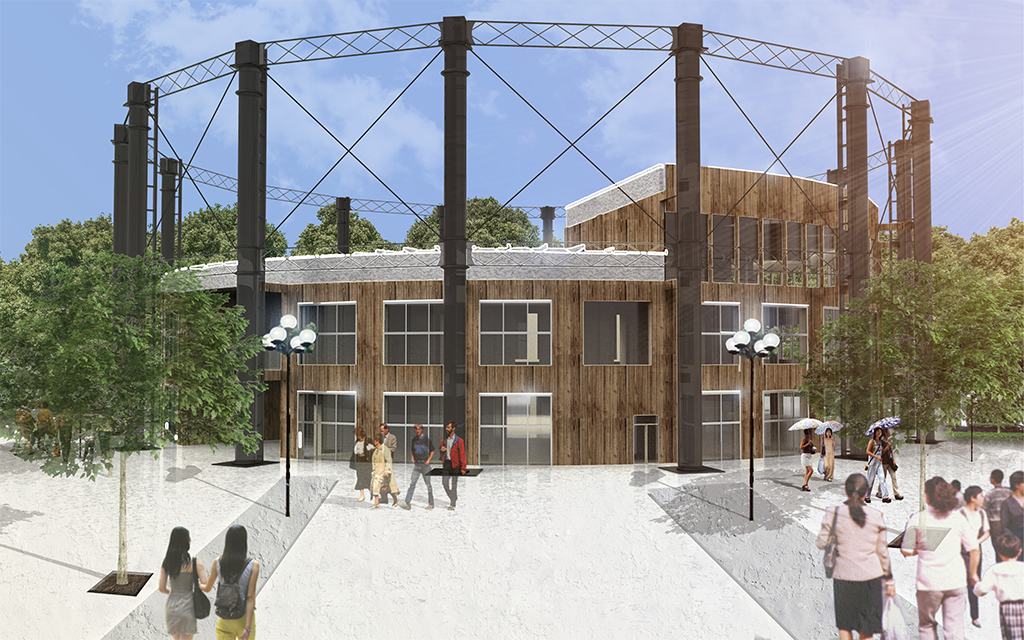
A circular neighborhood in Grangetown,Cardiff The boost of economy in the UK attributes…
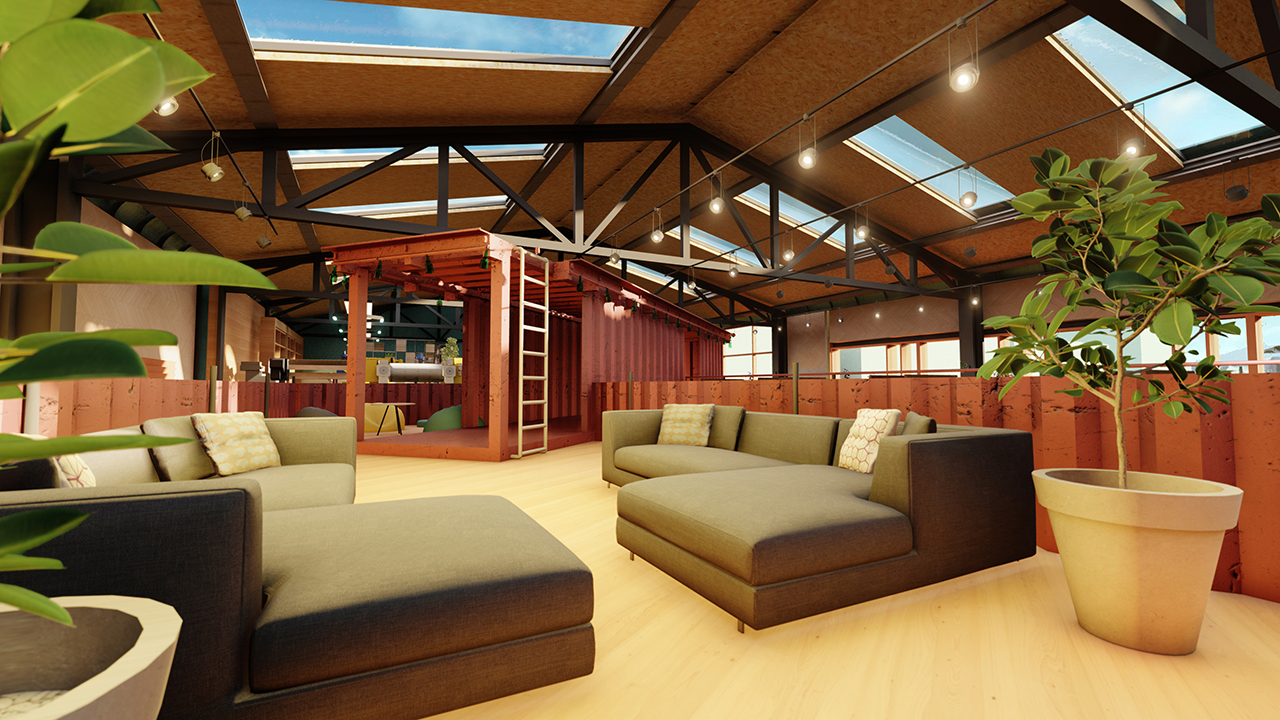
A sustainable circular community in Gas Works, Cardiff As a metropolic that had…
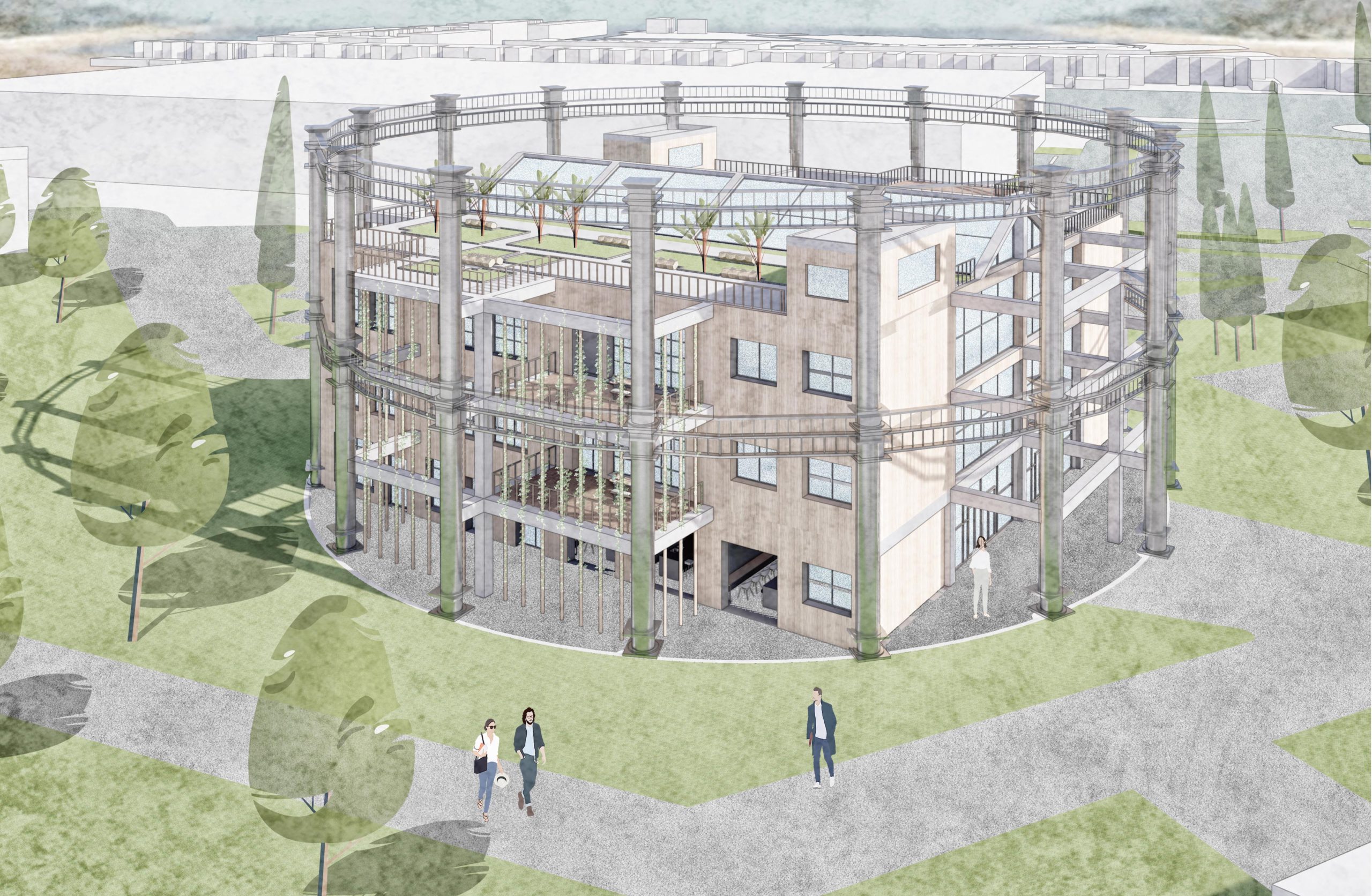
Exploration of circular economy With the development of economy, the consumption of raw…
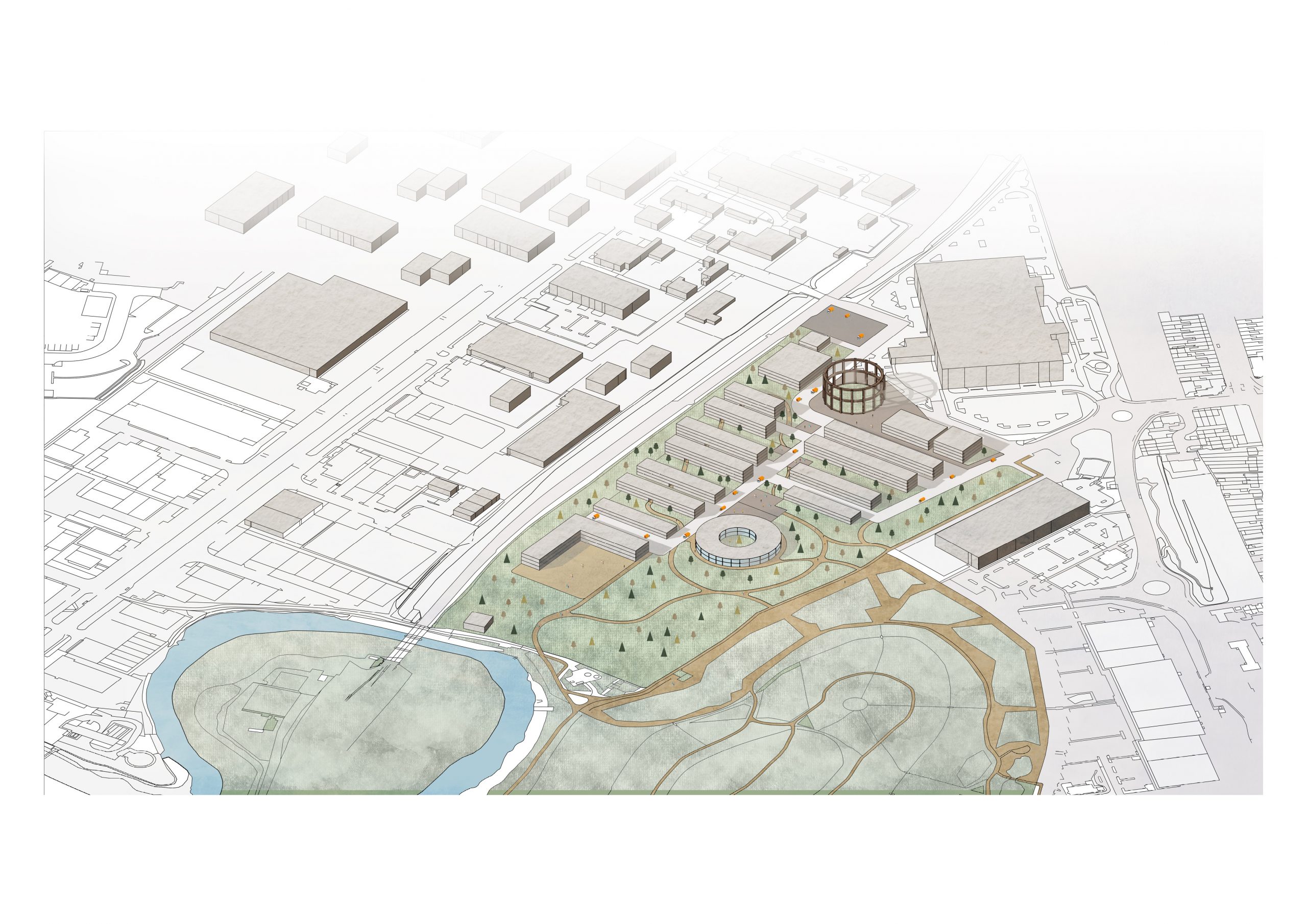
Circular Wonderland My portfolio is made up of two parts and in contents…
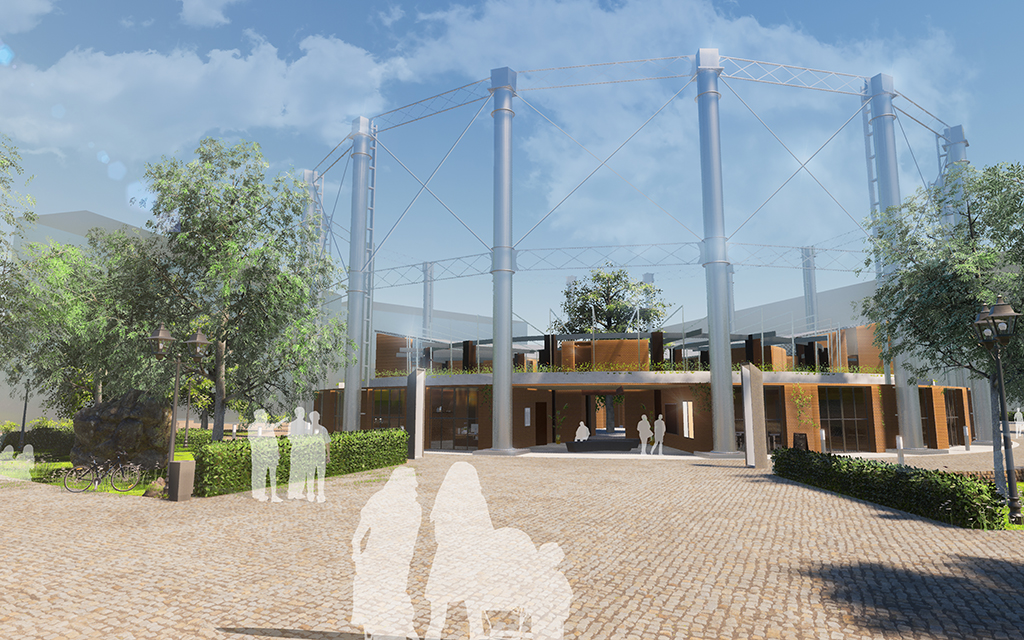
Circular recreation city: To revitalize local living conditions in Grangetown through a circular economy…
